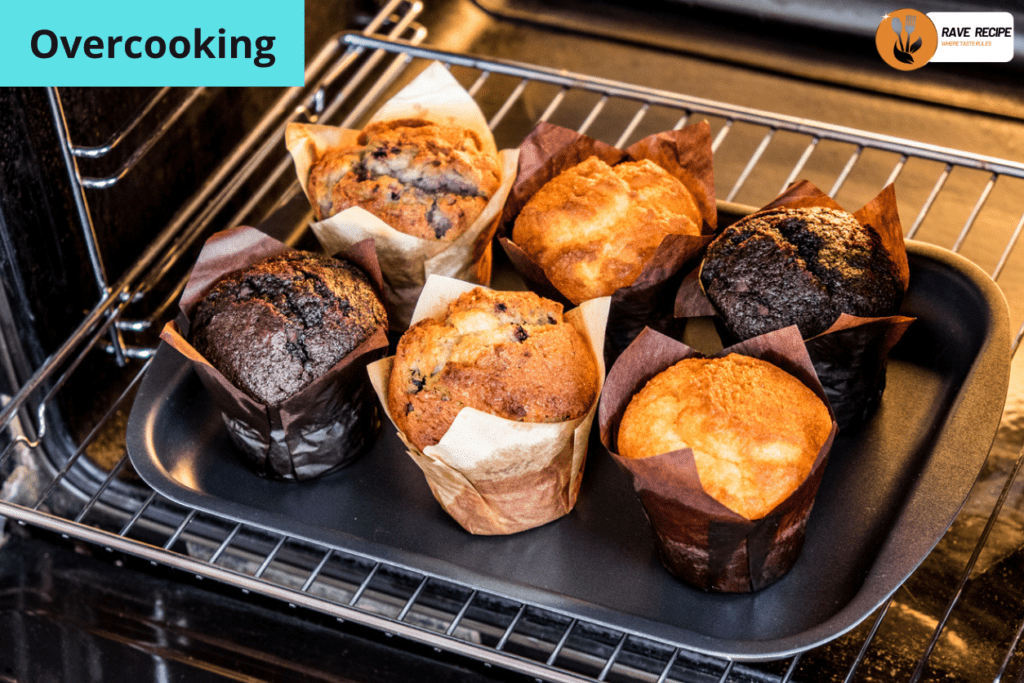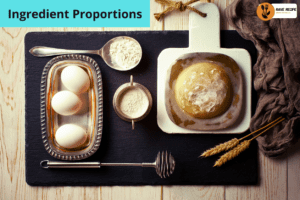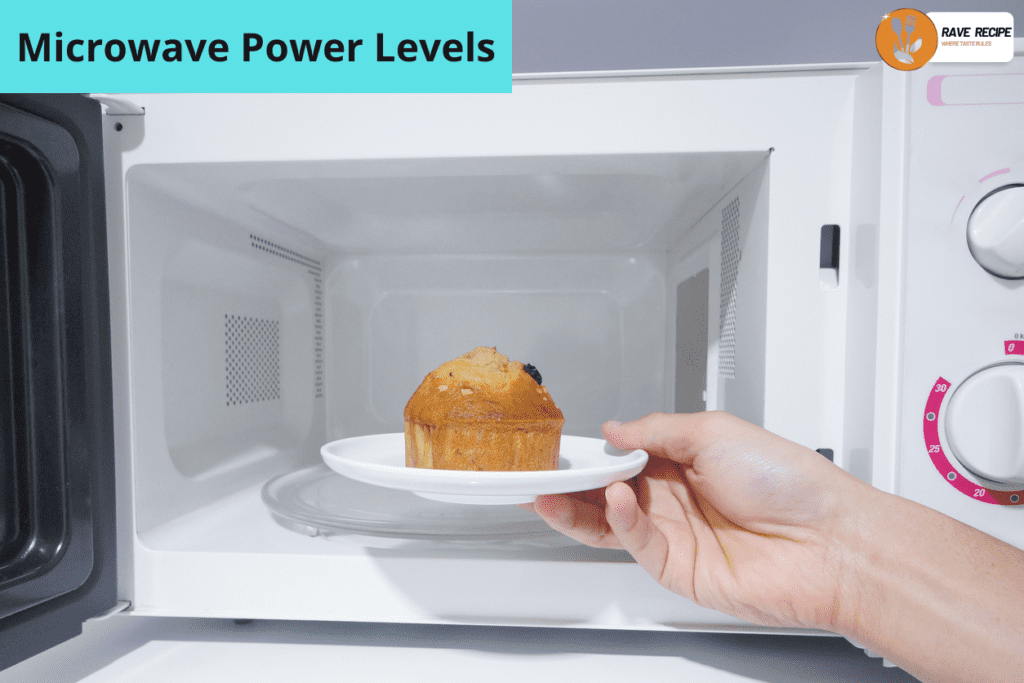Why is my Mug Cake So Dry? A Comprehensive Guide to Moist Mug Cakes
Have you ever excitedly prepared a mug cake, only to be disappointed by its dry and crumbly texture? If you’ve encountered this issue, you’re not alone. Dry mug cakes are a common problem, but fear not! In this comprehensive guide, we will unravel the mysteries behind dry mug cakes and equip you with the knowledge to make moist and delicious ones every time.
Introduction
In recent years, the humble mug cake has taken the culinary world by storm, becoming a beloved choice for those seeking a quick, convenient, and indulgent dessert fix. These single-serving wonders promise to deliver warm, moist, and decadent treats in a matter of minutes, making them a favorite among busy individuals and dessert enthusiasts alike. However, beneath their promise of instant gratification lies a challenge that many home bakers have encountered: the dreaded dry mug cake.
Picture this: You’re eager to enjoy a delightful mug cake, complete with its moist and tender crumb. You follow the recipe meticulously, select your favorite flavors, and eagerly anticipate the satisfying moment when you take your first bite. But, to your disappointment, the reality falls short as you encounter a dry and crumbly texture. The question then arises, “Why is my mug cake so dry?”
In this comprehensive guide, we embark on a journey to demystify the enigma of dry mug cakes and equip you with the knowledge and techniques needed to consistently create moist and delectable mug cakes. Before we delve into the specifics of why mug cakes can sometimes leave you with a parched palate, we’ll first explore the pivotal role played by the ingredients themselves.
As we navigate the world of mug cakes, we’ll uncover the secrets behind crafting the perfect balance of flavors, textures, and moisture levels. The quest for moist mug cakes is not a mere culinary pursuit; it’s an art and science that anyone can master with the right guidance. So, let’s dive into the heart of the matter and unveil the mysteries behind the moisture level of your mug cake.
Understanding the Ingredients
Flour:

The type of flour you use can greatly affect the moisture of your mug cake. While some recipes call for cake flour, others use all-purpose flour for a moist result. The choice of flour is pivotal.
Fat: Ingredients like butter or oil are essential for moisture. Fat molecules trap water, preventing it from evaporating during cooking. Don’t skimp on these if you want a luscious and moist mug cake.
Liquid: Milk or water is crucial to prevent dryness in your cake. Without adequate liquid, your mug cake can turn out crumbly and unsatisfying. Ensure that you use the right proportion of liquid to dry ingredients.
Common Mistakes to Avoid
- Overcooking:

Microwaving your mug cake for too long can zap away its moisture. Each microwave has its power levels, so stick to the recommended cooking times in your recipe. This will ensure that your cake remains moist and doesn’t become dry and rubbery.
- Ingredient Proportions:

Achieving the right balance of ingredients is key to a moist mug cake. Deviating from the recipe’s proportions can result in a dry or gooey outcome. Follow a trusted recipe to avoid the disappointment of a dry cake.
- Microwave Power Levels:

Different microwaves have varying power levels, which can affect cooking times. Adjust your cooking time based on the wattage of your microwave. Using a lower power setting and longer cooking time can help prevent dryness.
Now that we’ve identified the common mistakes that lead to dry mug cakes, let’s explore some expert tips that will help you consistently create moist and flavorful treats.
Tips for Moist Mug Cakes
- Proper Mixing Techniques: Gently fold in dry ingredients to prevent overmixing, which can lead to dryness. Overmixing can develop excess gluten, resulting in a tougher and drier cake.
- Recommended Cooking Times: Follow the suggested cooking time in your recipe for optimal moisture. Be attentive and check the cake’s texture as it cooks, as the exact cooking time can vary depending on your microwave’s power.
- Ingredient Substitutions: Experiment with ingredient substitutions to add extra moisture and flavor to your mug cake. Consider using yogurt, sour cream, or applesauce in place of some of the liquid or fat components. These substitutions not only add moisture but also contribute unique flavors to your cake.
By following these expert tips, you can ensure that your mug cakes are consistently moist, flavorful, and satisfying. However, what if you’ve already encountered a dry mug cake disaster? Don’t worry; there are ways to salvage it, and we’ll provide guidance on that as well.
Troubleshooting Dry Mug Cakes
Too Dry?
If you find yourself with a dry mug cake, all hope is not lost. Here are some tips to revive its moisture:
- Drizzle with Warm Liquid: One effective method is to drizzle some warm milk or a flavored syrup over your cake. The liquid will penetrate the dry cake, infusing it with moisture and flavor.
- Add a Scoop of Ice Cream: A scoop of your favorite ice cream can work wonders. The cold ice cream will melt onto the warm cake, creating a delightful contrast in temperatures and textures.
- Microwave Briefly: Place your dry mug cake back in the microwave for a few seconds, using a low power setting to avoid overcooking. This can help redistribute the moisture within the cake.
Avoiding Future Mistakes
To prevent dryness in your future mug cakes, keep these key points in mind:
- Follow Trusted Recipes: Stick to well-established mug cake recipes that have been tested and reviewed. Online communities and food blogs often feature tried-and-true recipes with detailed instructions and ingredient proportions.
- Adjust Cooking Times: If you’re experimenting with a new recipe or a different microwave, be prepared to adjust the cooking time. Start with the recommended time and monitor the cake’s progress to avoid overcooking.
- Incorporate Moisture-Rich Ingredients: Consider adding ingredients like chocolate chips, fruit chunks, or nut butter to your mug cake batter. These additions not only enhance flavor but also contribute moisture.
Now that we’ve covered troubleshooting and prevention, you might still have some questions about mug cakes. Let’s address some of the frequently asked questions to ensure you have all the information you need to conquer dryness in your mug cakes.
FAQs About Mug Cakes
Mug cakes have become a beloved indulgence for many, but they often come with questions and concerns, especially when it comes to ingredients, microwave power levels, and dietary restrictions. In this section, we address some of the most frequently asked questions about mug cakes to provide you with valuable insights and guidance.
Can I use almond flour for mug cakes?
Yes, you can use almond flour for mug cakes, but it’s essential to understand that this substitution may lead to a different texture and flavor compared to traditional wheat flour. Almond flour, made from finely ground almonds, possesses a unique set of characteristics that can both enhance and challenge your mug cake creation.
Almond flour tends to make the cake denser due to its lower moisture content. To achieve a moist and delightful almond flour mug cake, you may need to make specific adjustments to your recipe. Here are some tips for working with almond flour:
– Experiment with Ratios:
Finding the right balance of almond flour and other ingredients is key. Start with a blend of almond flour and other gluten-free flours, gradually adjusting the proportions until you achieve the desired texture and moisture level.
– Add Extra Moisture:
To compensate for almond flour’s lower moisture content, consider incorporating ingredients that provide moisture and flavor. Yogurt, mashed bananas, or applesauce are excellent choices to enhance both texture and taste.
– Be Mindful of Mixing:
Almond flour can be sensitive to overmixing, which may result in a dense or dry cake. Mix your ingredients just until they are combined to avoid overworking the batter. Gentle folding is often recommended to maintain the delicate nature of almond flour.
What’s the ideal microwave power level for mug cakes ?
The ideal microwave power level for mug cakes typically falls within the range of 800-1000 watts. However, it’s crucial to recognize that microwave power levels can vary significantly from one appliance to another. Achieving the perfect mug cake involves striking a balance between thorough cooking without drying out the cake and preventing overcooking.
Here are considerations based on your microwave’s wattage:
– Lower Wattage Microwaves:
If your microwave has a lower wattage, you may need to increase the cooking time slightly to ensure that the cake cooks through without becoming dry. Lower power levels mean that it will take longer for the heat to penetrate the batter fully.
– Higher Wattage Microwaves:
Conversely, if your microwave boasts a high wattage, you’ll want to reduce the cooking time to prevent overcooking. High-powered microwaves can quickly dry out the cake if left for too long. Monitoring the cooking process is essential to avoid this.
How can I make a gluten-free moist mug cake?
To craft a gluten-free moist mug cake, you have several options that allow you to indulge in this delightful treat without compromising your dietary preferences. Gluten-free mug cakes can be just as moist and flavorful as their traditional counterparts.
Here’s a step-by-step guide to making a gluten-free moist mug cake:
– Choose Gluten-Free Flour Blends:
Opt for gluten-free flour blends that are specifically designed for baking. These blends typically include a combination of different flours and starches, ensuring that your cake maintains moisture and texture similar to one made with wheat flour.
– Incorporate Moisture-Rich Ingredients:
To enhance the moisture content of your gluten-free mug cake, consider adding ingredients like yogurt, mashed bananas, or applesauce. These additions not only contribute to a delightful texture but also enhance the flavor of your cake.
– Verify Ingredient Integrity:
When crafting a gluten-free mug cake, it’s crucial to ensure that all your ingredients, including flavorings and mix-ins, are gluten-free. Cross-contamination can occur, so using certified gluten-free products is vital to ensure a safe and delicious gluten-free mug cake.
Conclusion
In this extensive guide, we’ve explored the common problem of dry mug cakes and provided detailed insights into the ingredients, mistakes to avoid, and expert tips for achieving moist and delectable results. We’ve also discussed effective methods for troubleshooting dry mug cakes and preventing future mishaps.
Armed with this knowledge, you can now confidently bake mug cakes that consistently deliver on their promise of moist and indulgent goodness. Whether you’re a seasoned mug cake enthusiast or just starting your mug cake journey, these tips and guidelines will ensure that you never have to wonder, “Why is my mug cake so dry?” again.
For further reading and additional tips, we recommend exploring the following external resources:
- How to Make a Moist Mug Cake: This resource provides step-by-step instructions and insights into making a perfectly moist mug cake. Learn from their tips and techniques to elevate your mug cake game.
- Avoiding Dryness in Microwave Cakes: Discover valuable insights on how to prevent dryness when preparing microwave cakes. This resource explores various factors that can affect the moisture level of your cakes and offers practical solutions.
- Top 10 Mug Cake Recipes: If you’re looking for an array of delicious mug cake recipes, this compilation is a treasure trove. Explore different flavors and styles, all designed to satisfy your cravings while maintaining the perfect moisture level.
With this comprehensive guide and the recommended external resources, you’re now equipped with the knowledge and tools to ensure that your mug cakes turn out moist and delightful every time. Whether you’re a novice or an experienced baker, following these guidelines will guarantee that the question, “Why is my mug cake so dry?” becomes a thing of the past.
So, go ahead, indulge in the joy of mug cake making, and relish the moist and flavorful results that await you. Happy baking!

